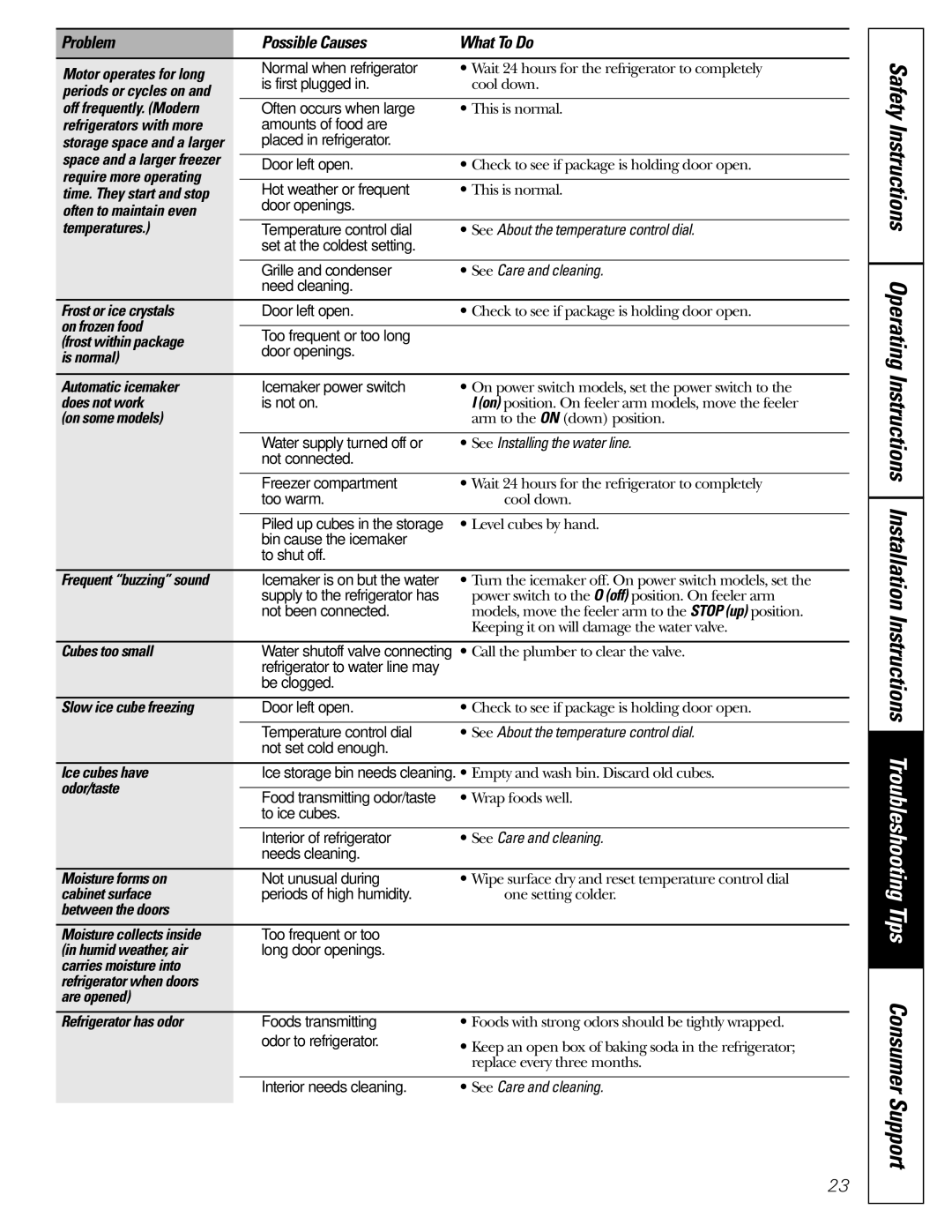16, 17, 18 specifications
GE, or General Electric, has long been a pioneer in the realm of scientific and technological advancement, especially in the sectors of power generation and aviation. Among its notable innovations are the GE 16, 17, and 18 series turbines, which showcase the company's commitment to efficiency, reliability, and performance.The GE 16 series turbine represents a significant leap in gas turbine technology, designed specifically for the needs of combined cycle power plants. It incorporates advanced combustion technologies that enhance fuel efficiency while minimizing emissions. One of the stand-out features of the GE 16 is its advanced materials that can withstand higher temperatures, allowing for increased operational flexibility and efficiency. This turbine is also equipped with sophisticated digital control systems, enabling operators to optimize performance in real-time, ensuring that the power output is maximized.
With the GE 17 series, GE further raised the bar with notable enhancements in both performance and sustainability. The 17 series is targeted toward the renewable energy transition, designed for greater adaptability to fluctuating energy demands tied to wind and solar power. Key features include the integration of hybrid systems that enable fuel flexibility, allowing operators to switch between natural gas and other fuels based on availability and cost. The GE 17 series also employs advanced aerodynamic designs that reduce drag and improve overall efficiency, making it one of the preferred choices for modern power plants.
The GE 18 series showcases a culmination of GE’s research and development efforts, focusing heavily on digital innovation. This series takes advantage of the Industrial Internet of Things (IIoT) to provide predictive maintenance capabilities, which can significantly reduce downtime and increase operational efficiency. The GE 18 is built with an emphasis on modularity, allowing for easier upgrades and maintenance. This series also stands out for its exceptional operational reliability, ensuring that energy providers can meet consumer demands without interruption.
In summary, the GE 16, 17, and 18 turbines reflect GE's dedication to evolving energy technologies. Each series brings unique features and innovations to the table, ensuring efficiency, flexibility, and sustainability in power generation. Through continuous investment in research and development, GE remains at the forefront of the energy sector, helping integrate traditional and renewable energy sources to meet the world’s growing power needs.

